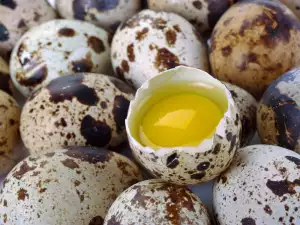Jujube is called Chinese dates, which are known around the world for more than 5000 years. Such plantations are becoming more common in India, Pakistan, USA, Spain, Italy, France, Portugal and others. Interest in Chinese jujube is extremely high because the fruit can be used raw and processed into purees, compotes, jams, pickled or candied.
It is widely used in the pharmaceutical, confectionery and perfumery industry.
The fruit is much preferred because of its extremely useful properties. Fresh fruits contain many valuable ingredients such as sugars, organic acids, proteins, etc.. Jujube contains large amounts of cobalt, iodine, iron and especially vitamin C. It produces lots of honey and keeps bees busy in the late summer months (blooms in June-July), when the mass of flowering plants have died down.
In the past jujube has been used to treat colds, diseases of the liver, kidneys, heart, diseases of the digestive system, high blood pressure and regulate cholesterol. All parts of jujube have curative properties - the bark, leaves, and roots, and fruits.

Autumn is the best time if you want to plant a sapling of jujube. These can be found in many markets. If you have tasted the fruits of this plant, you can plant the pips.
Trees of Chinese jujube are very productive. They begin to bear fruit on the second-third year of planting. The plants can develop into a bush if not trimmed grown.
Jujube is defined as "iron wood" because the wood is very hard. The root system is very powerful - roots can reach 3 meters depth and a width of up to 7 meters in diameter. That is why the plant is not capricious and can grow well in subtropical climates, and in humid continental. It is tough against cold – up to minus 30 degrees Celsius.






















